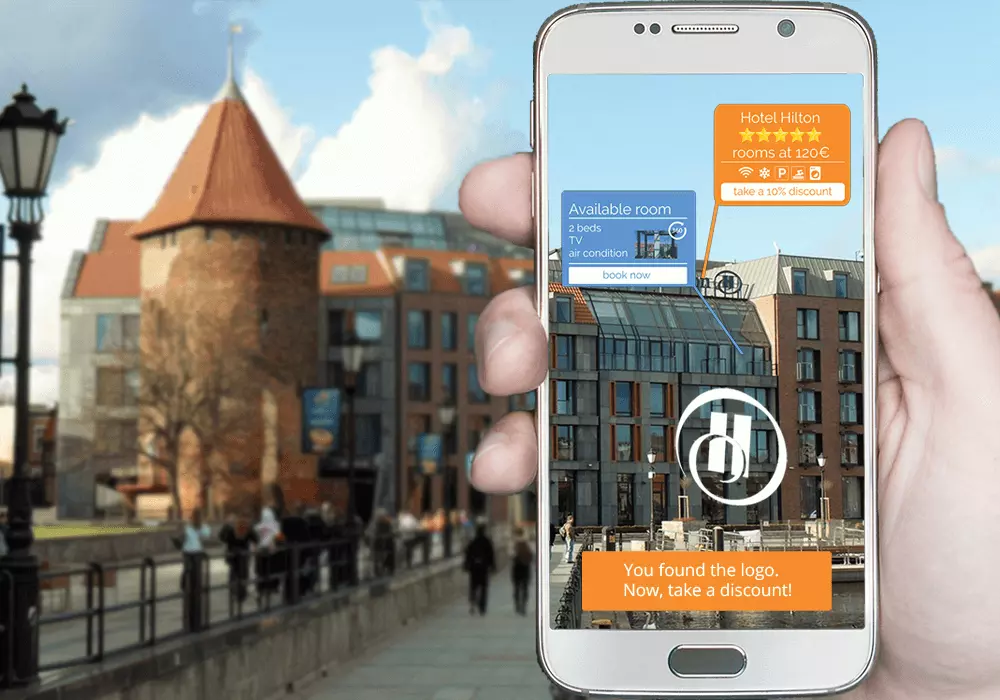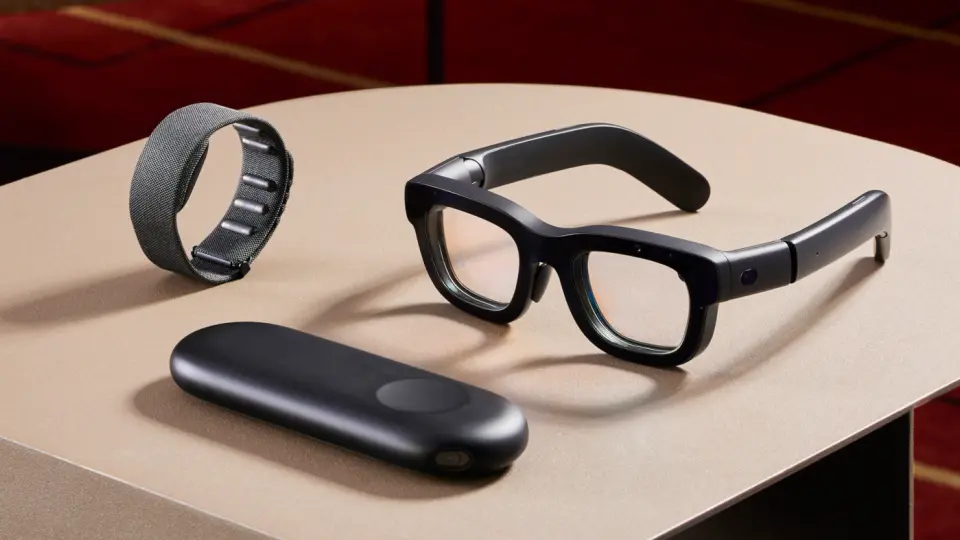How can companies use Augmented Reality (AR)?
Posted on April 6, 2023 3 minutes 558 words
Table of contents
In today’s rapidly evolving technological landscape, Augmented Reality (AR) has emerged as a game-changer for various industries. By overlaying digital information onto the physical world, AR creates immersive experiences that can enhance customer engagement, boost productivity, and improve training processes. In this blog post, we’ll explore the many ways companies can leverage AR technology to gain a competitive edge.
Product Visualization and Marketing
AR has revolutionized the way customers interact with products. By allowing users to visualize items in their environment before making a purchase, AR significantly reduces return rates and increases customer satisfaction. For example, furniture retailers can use AR apps to help customers see how a particular piece will fit in their homes, while car manufacturers can provide virtual test drives.
Moreover, AR-based marketing campaigns can create interactive experiences that drive brand engagement and loyalty. From virtual treasure hunts to interactive billboards, businesses can use AR to captivate their audience and create memorable experiences.
Enhancing User Experiences in Events and Tourism
Events and exhibitions can benefit from AR’s ability to create captivating experiences. Interactive displays, guided tours, and gamified content can engage visitors and leave lasting impressions. In the tourism sector, AR can bring historical sites and cultural experiences to life, attracting more tourists and enriching their experiences.

Employee Training and Skill Development
AR can transform traditional employee training methods by creating immersive, interactive modules that lead to faster learning and better information retention. For instance, healthcare professionals can use AR to practice surgical procedures in a risk-free environment, while retail staff can learn about new products through engaging, hands-on experiences.
Companies like Boeing and Walmart have successfully implemented AR for employee training, demonstrating its potential to optimize skill development across industries.
Remote Collaboration and Support
In an increasingly connected world, AR can bridge gaps and facilitate remote collaboration. Teams can use AR to view real-time data overlays and 3D models, enabling better decision-making and streamlined workflows. Additionally, AR can empower remote technical support, reducing downtime and increasing efficiency by guiding users through complex procedures with visual cues.
Retail and E-commerce
AR technology can enhance both online and in-store shopping experiences. Online shoppers can use AR tools to virtually try on clothes or preview how a piece of art would look on their walls. Physical retailers can implement AR to create immersive store layouts, guide customers to products, and provide personalized recommendations.
Companies like IKEA and Sephora have successfully harnessed AR to elevate their customer experiences and drive sales.
Industrial and Manufacturing Applications
AR can improve efficiency and reduce errors in industrial settings. By providing real-time guidance and data to workers, AR can optimize assembly line processes, maintenance tasks, and quality control. Companies like GE and Porsche have successfully adopted AR to streamline their manufacturing operations.
Challenges and Future Outlook
Adopting AR technology comes with challenges such as cost, privacy concerns, and the need for a robust technological infrastructure. However, as AR continues to advance and become more accessible, businesses should explore the possibilities offered by this transformative technology.
Conclusion
AR technology holds immense potential for businesses across various industries. By embracing AR, companies can enhance customer experiences, optimize operations, and stay ahead of the competition. The future of AR is promising, and businesses that invest in it today will reap the rewards tomorrow.








